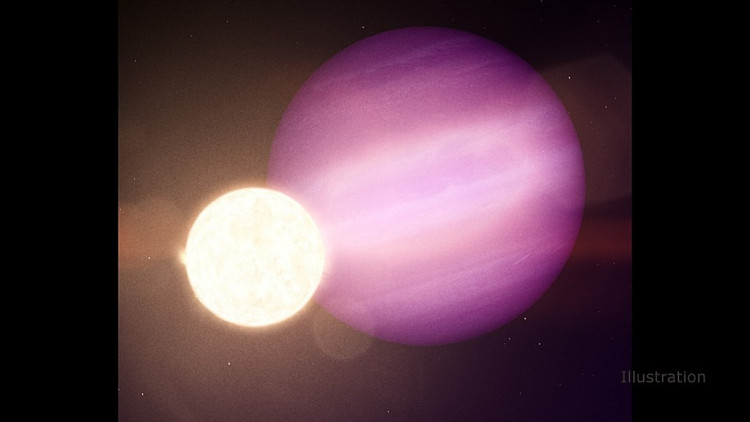A team of astronomers has identified 366 previously undiscovered potential exoplanets in data from the decommissioned Kepler space observatory, which is a big new find for exoplanet studies.
We're closing in on bringing the total number of confirmed exoplanets - planets outside the Solar System - to 5,000 after years of hard work.
The development of an algorithm for detecting dips in star brightness that indicate the presence of an orbiting exoplanet was crucial.
Kepler spent over a decade in an Earth-trailing orbit around the Sun, looking at areas of the sky and recording the stars for long periods of time. The goal was to capture the small brightness dips in a star's light that occur when an exoplanet passes between us and the star. The existence of an orbiting body is indicated by a succession of regularly timed dips.
The amount of light blocked by the exoplanet reveals its size, and the time between dips allows astronomers to determine how closely the exoplanet orbits the star.
It all sounds simple enough, but finding the signals among the noise is a time-consuming, painful process that used to be done visually. That's because people have always been better at detecting signals than software.
However, software is improving, and an algorithm developed by UCLA astronomer Jon Zink is helping to fill in the gaps. The software was fed all 500 terabytes of data from Kepler's second mission, which included over 800 million images.
The result was 381 exoplanets that had been previously identified, and 366 potential exoplanets that were completely new.
A interesting system containing two Saturn-like gas giants orbiting extremely close to their host star and each other was identified among the discoveries. Rare occurrences like this are sought for by planetary scientists because they help us comprehend the parameters of what is conceivable for planetary systems.
The discovery of the planetary system with two gas giant planets was also important since gas giant planets, such as Saturn in our Solar System, are rarely found as close to their host star as they were in this case.
"We cannot yet explain why it occurred there, but that makes the finding especially useful because it could help scientists form a more accurate understanding of the parameters for how planets and planetary systems develop," Dr. Zink said.
"The discovery of each new world provides a unique glimpse into the physics that play a role in planet formation."
The team's paper was published in the Astronomical Journal.



